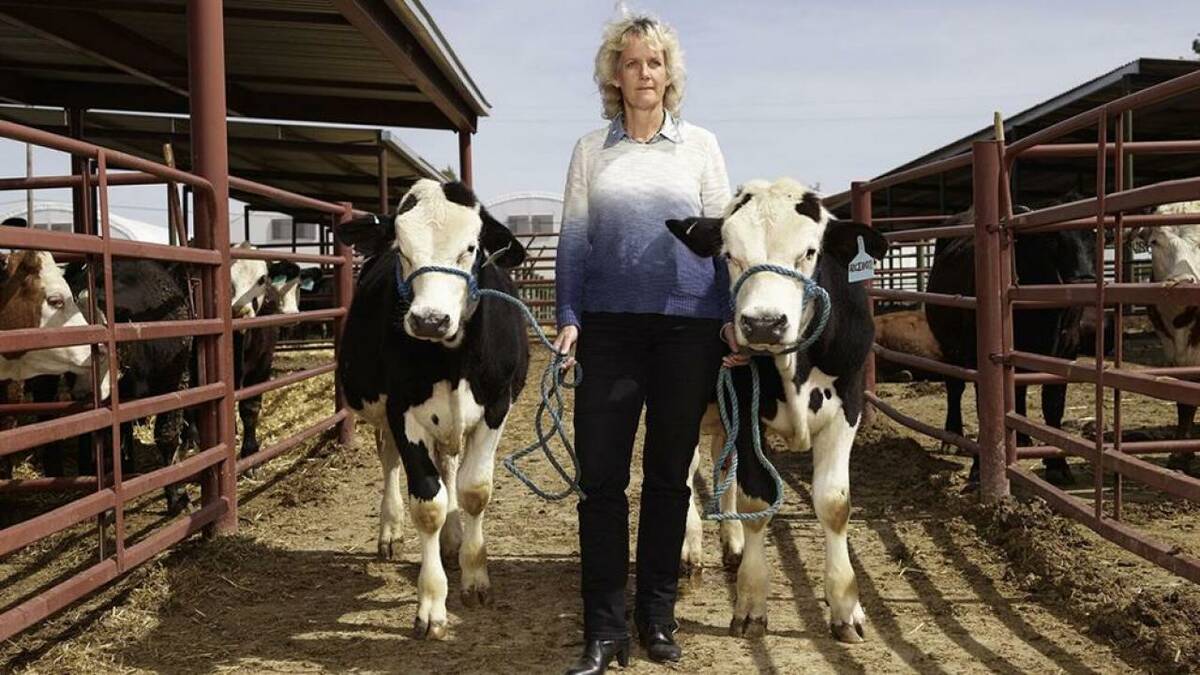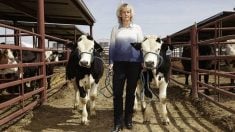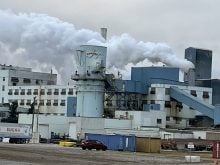BRANDON, Man. – High pork prices may make investing in hog barns look like a licence to print money.
But speakers at a recent seminar warned would-be investors that the business is cyclical with a lot of risks.
John Corbey, a farm management specialist with the provincial government, said demand, exchange rates and feed prices can vary widely.
He said it’s critical to have efficient management and strong financing for large hog barns so the projects can make it through periods of low pork prices.
Read Also

Stacking Canada up on gene editing livestock
Canada may want to gauge how Argentina and other countries have approached gene editing in livestock and what that has meant for local innovation.
“I know there’s a lot of enthusiasm, but I just want to make people aware,” Corbey said.
A consultant who helps community groups set up projects said profitable sow barns need at least 20 pigs per sow weaned each year.
Terry Betker said sows have the genetics to make this rate possible, but they won’t achieve it without good management.
Brian Cotton, a swine specialist with Manitoba Agriculture, said he thinks farmers who invest in big hog barns are thorough in examining deals before they put money on the table.
And while it’s clear projects need to have at least 40 percent equity to make it through price slumps, Cotton said hog barns still carry the smell of money.
“People have always maintained hogs have been the mortgage-payers,” Cotton said. “Even the few pigs on the farm help put the kids through school and kind of kept the bills paid.”
Kerry Auriat, an investment adviser from Nesbitt Burns, said many farmers have the money they need to invest in large barns sitting in registered retirement savings plans.
He said it’s not uncommon for his farmer clients to have more than $200,000 in guaranteed investment certificates and term deposits. Because interest rates are so low, these investments aren’t earning a lot of money.
Dickson Gould of Elite Swine Inc., a production company from southeastern Manitoba, said he’s seeing “tremendous interest” from Winnipeg investors not connected to agriculture because hog barns are showing better returns than mutual funds and GICs.
Speakers at the seminar didn’t talk about returns on investment. “Nobody ever wants to be pinned down,” explained Scott Lins of Puratone, another production company.
On average over the long term, investors can expect 15 to 25 percent returns on their investment, Lins said, adding his company gives more specific information to potential investors.
An accountant with Canstar Project Development Group Ltd. said the more risk in the project, the greater potential for returns. Grant Kirkup said multiplier operations and farrowing barns have the most risk because they require large amounts of capital and excellent management.
A 1,000-sow barn requires about $2 million in capital, about $800,000 of which would come from investors who may receive a 20 to 24 percent return, he said.
Finishing barns are more likely to have 13 to 18 percent returns, Kirkup said, because they require less skill and less capital.














